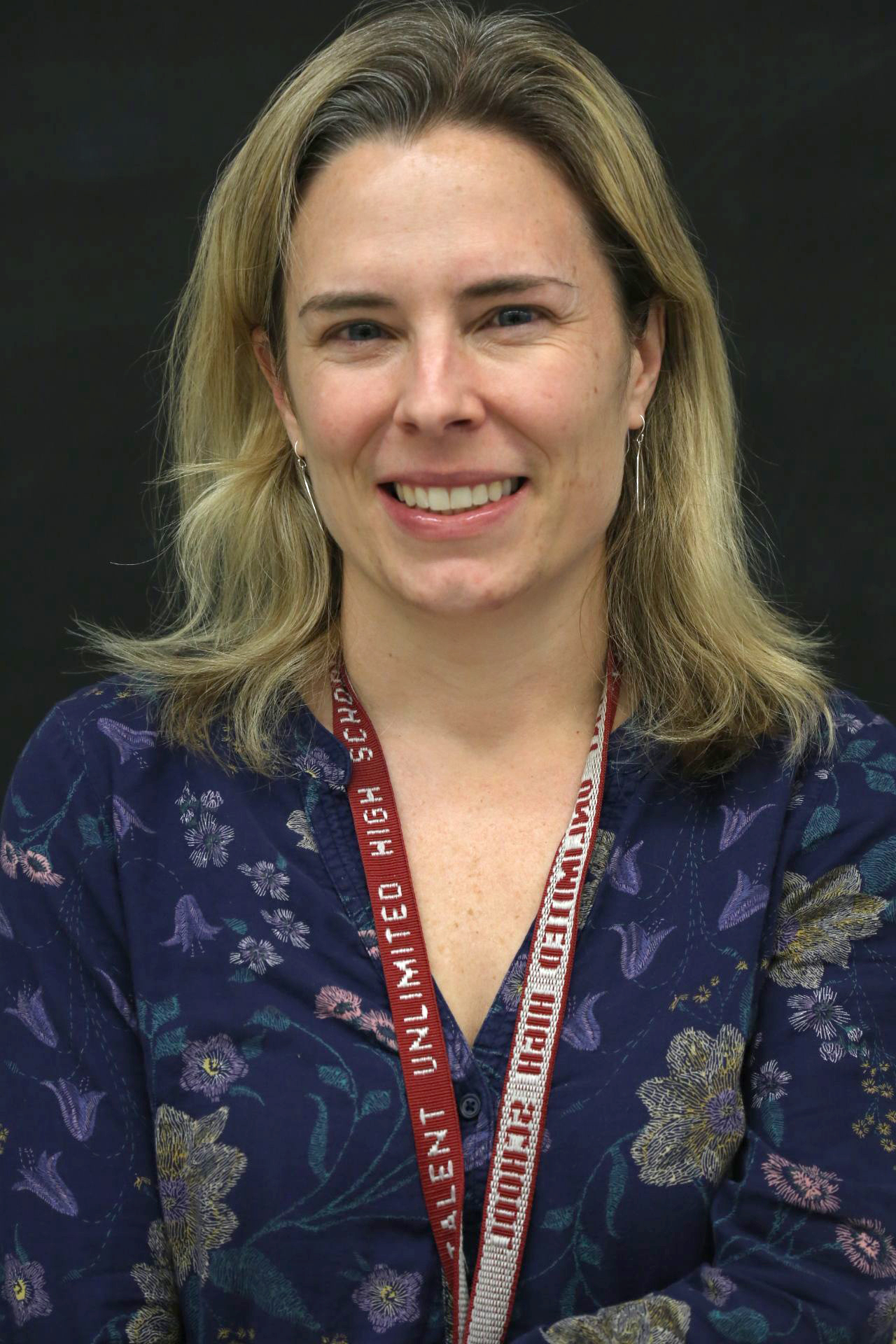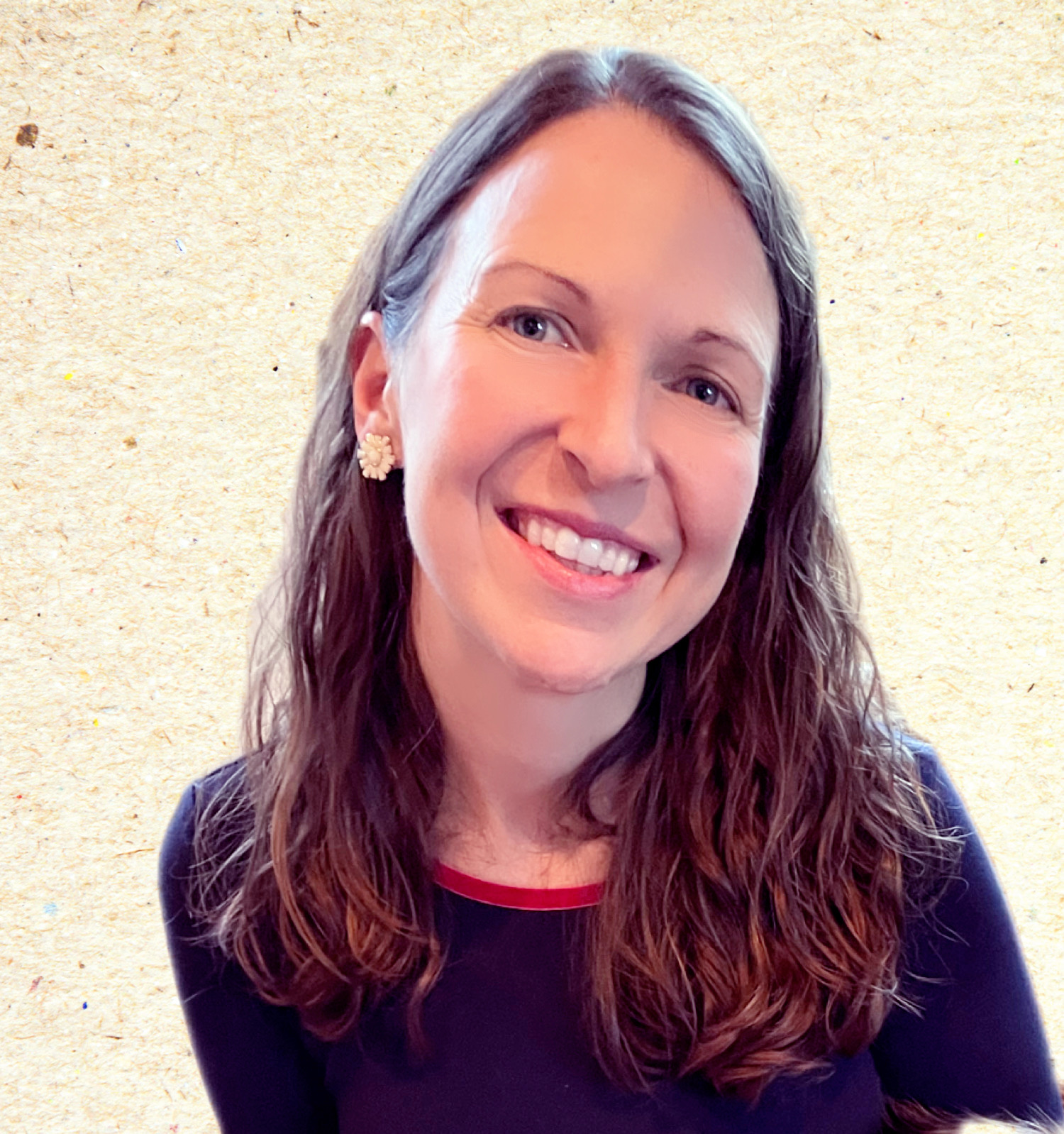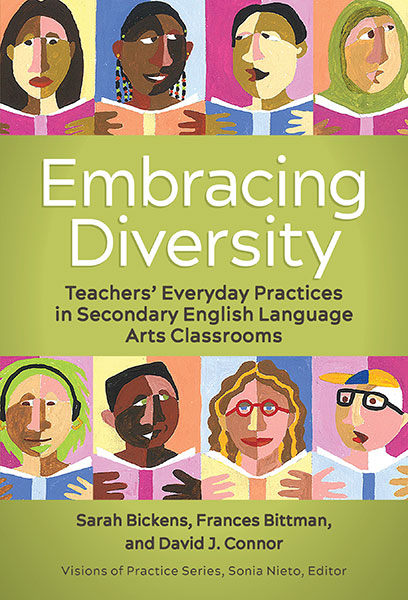


Sarah Bickens is a teacher at Talent Unlimited High School in New York City, where she teaches 12th grade ELA and AP English Literature and serves as the school’s Peer Collaborative Teacher Leader, mentoring novice teachers and supporting teacher professional learning. Frances Bittman is a teacher at Greenwich High School where she teaches English 9–12 and Advancement via Individual Determination (AVID) (a program to help first generation students prepare for college) and is one of the English learning facilitators for her department. David J. Connor is former high school teacher in New York City, and Professor Emeritus of the School of Education at Hunter College, City University of New York.
They are the coauthors of Embracing Diversity: Teachers’ Everyday Practices in Secondary English Language Arts Classrooms
Embracing Diversity is about the craft of teaching, with a focus on celebrating the myriad of human identities through classic, contemporary, and unconventional texts. In the book, experienced secondary English language arts educators explore complex issues raised by a diverse body of writers, while simultaneously sharing methods that engage students to think critically.
This Q&A with coauthor David J. Connor delves further into the origins and purpose of the book.
Where did the idea for the book come from?
Quite some time ago, I worked with two then-new teachers, Sarah and Fran, as their teaching coach. I was impressed with their energy, dedication, creativity, and the ways they connected to the diverse population of students in New York City. I wanted to capture their work so that other educators might see the possibilities of teaching the many different aspects of literacy. Together we published a few articles about pedagogy. We all share an interest in creative methods of teaching critical literacy skills to engage a diverse student body, and a book seemed like a natural next step.
What would you identify as the core concepts of the book?
The premise of the book is to uphold the value of teaching diversity within our increasingly multicultural society. To do this, we explore ways of incorporating into the curriculum race, ethnicity, gender, social class, ability, sexual orientation, and other markers of identity that personally resonate with students—and are integral to classic, contemporary, and alternative novels, plays, poems, and memoirs. By tapping into student experiences related to the texts they read, teachers can facilitate conversations that enrich lessons in general while developing multiple academic skills.
A core concept directly related to the value of teaching diversity is recognizing teachers as reflective practitioners who cultivate their ability to self-analyze and self-evaluate, understanding that teaching means being a lifelong learner. That also means acknowledging how much we can learn from our students, and if we are honest, from our mistakes.
What does it mean to be white teachers writing about diversity?
Our intention is to work against the “white savior narrative” often depicted in popular films such as Dangerous Minds and Freedom Writers. In doing so, we take a frank look at what it means to be a white teacher in a multicultural society. Among other things, this includes recognizing the structural inequities that exist in society; constantly questioning and evaluating our values and assumptions; recognizing the gifts, abilities, interests, and histories of our students while rejecting deficit-based portrayals; creating rich curricula that reflects the student body; and proactively teaching about what it means to be human through acknowledging our experiences and understanding those of others. One of our goals is to invite all teachers to think about what it means to teach a diverse student body—because during their careers, it will be an inevitability.
Education today is in the throes of ongoing culture wars. How does this book contribute to that discussion?
Important issues directly related to life in a pluralistic society regularly appear in the mainstream media: the expansion of the Black Lives Matter movement, widespread consideration of concepts like white privilege and white supremacy, demonstrations of anti-Semitism, violence against Asian Americans, mistrust of Muslim American communities, and underrepresentation of Native Americans in society; the diminishment of reproductive rights, increasing numbers of people living in poverty and without access to healthcare, discrimination against transgender people, and the lack of public resources in accessible formats and languages other than English; the standardization movement and the marketization of education, the weaponization of Critical Race Theory (CRT), the banning of classic and modern literature, and of any books deemed to feature Social and Emotional Learning (SEL); the persistent struggle to adequately serve immigrant children and students in poverty in public schools… Indeed, the list is long.
All these concerns reflect a national landscape filled with longstanding and recurring racial, ethnic, gender, and economic disparities. We always need to remember that students have access to discourse on these topics via social media. They are keenly aware of the world in which we live, and of who they are within that world. We believe it’s our responsibility to help students develop as critical thinkers and actors as they negotiate the complexities of our cultures, histories, and society in general.
How does Embracing Diversity address differing perspectives of what texts should be taught in secondary school curricula?
In many ways our book strives to locate itself somewhere in the middle ground of “the curriculum wars,” which is how the battles over what knowledge gets included or excluded in lessons is often characterized. Above all, we value the diversity of human experience to which literature provides access. By this we mean literature allows us to enter the thoughts of any character in any location during any period of time—past, present, or imagined future—and to transcend the limitations of our own bodies and experiences. For this reason alone, we advocate for a wide variety of texts in ELA classes, while knowing that many teachers are still required to continue teaching canonical texts. We acknowledge the reality of teachers in a vast variety of school environments across the United States—we don’t want to “throw the baby out with the bathwater,” but we should be mindful to teach canonical works with a critical eye that uses multiple lenses. At the same time, we support grassroots teacher initiatives such as #DisruptTexts that strive to explicitly create an anti-racist, anti-bias, more inclusive curriculum. Our bottom line: varied literature provides access to a rich range of human experience and thought from which we can all learn and expand our knowledge.
Any final words?
A diversity-centered approach to teaching ELA goes far beyond simply varying texts. It includes deep reflection on pedagogical philosophies and practices. This book weaves our three voices throughout, sharing a selection of vignettes, materials, experiences, and thinking that we hope to be useful to fellow secondary ELA practitioners seeking to build, extend, or refine their practice.

Embracing Diversity
Teachers’ Everyday Practices in Secondary English Language Arts Classrooms
Sarah Bickens, Frances Bittman, and David J. Connor
Photo by Mikhail Nilov
